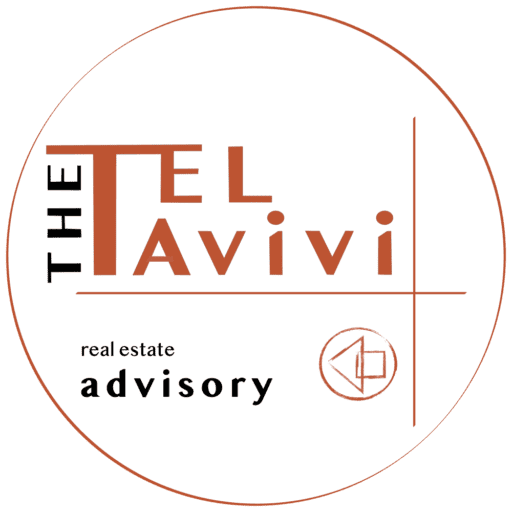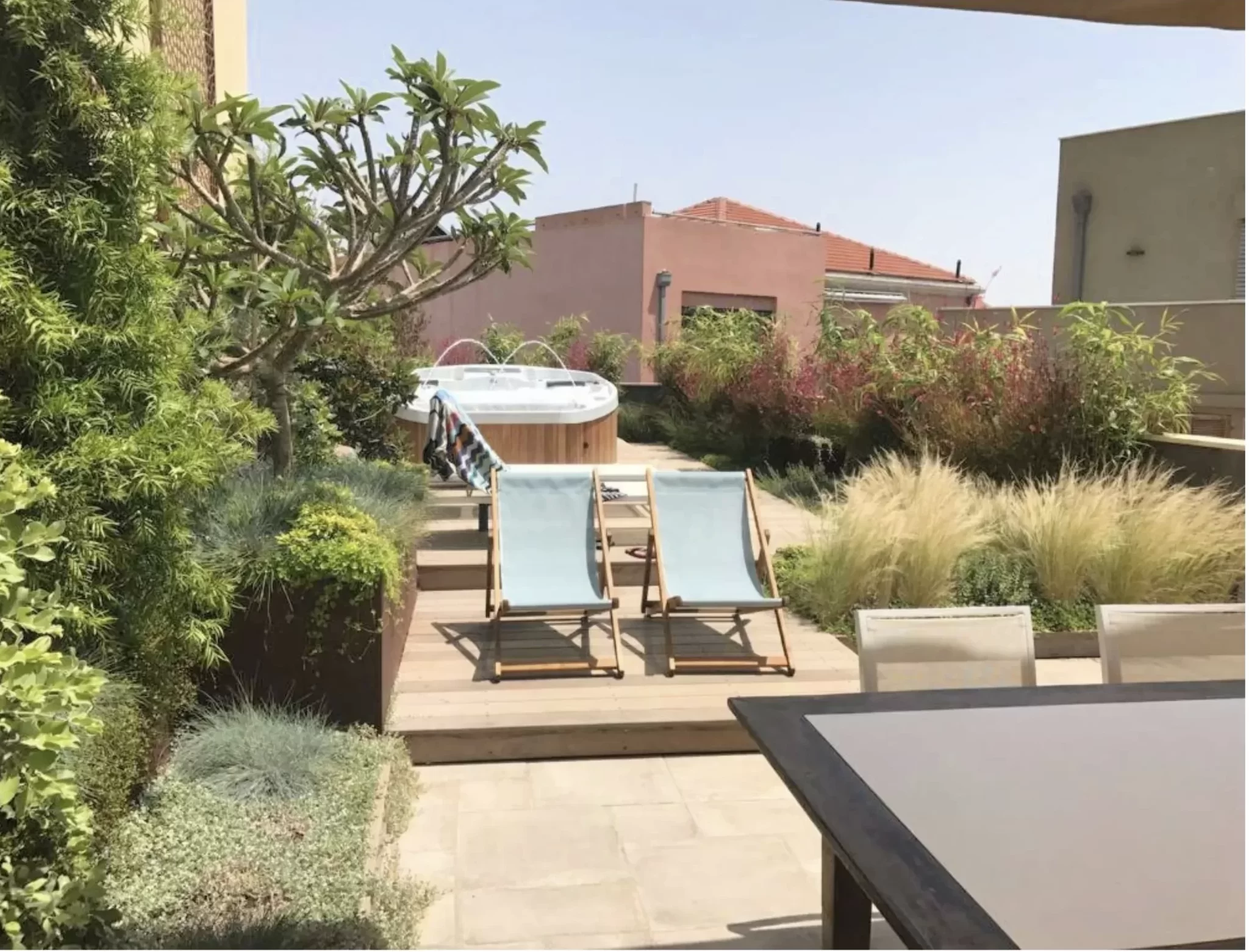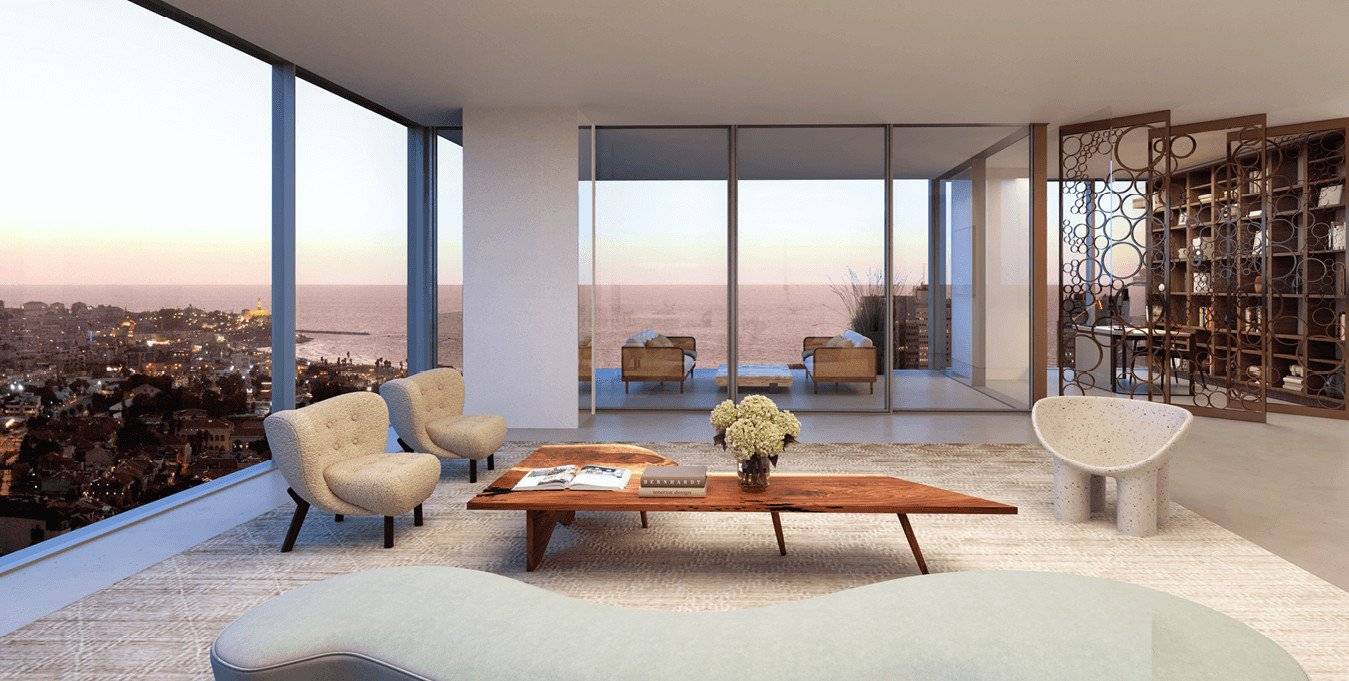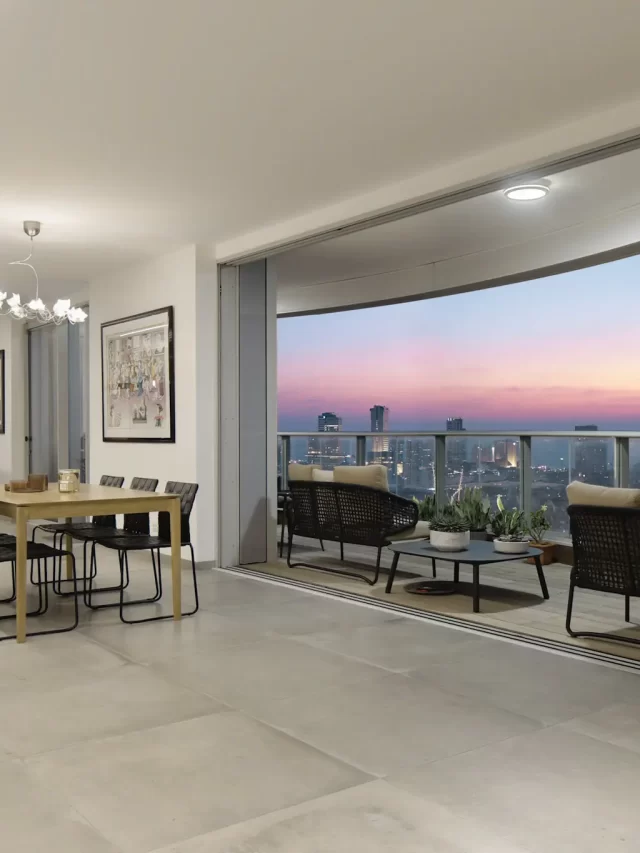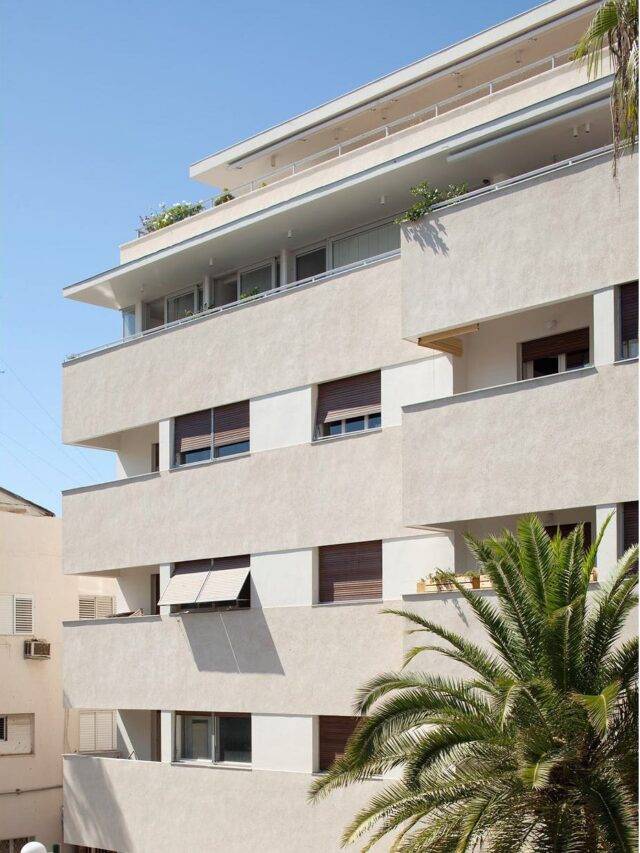What are the latest trends in the Tel Aviv real estate market, and how are global economic factors influencing property prices?
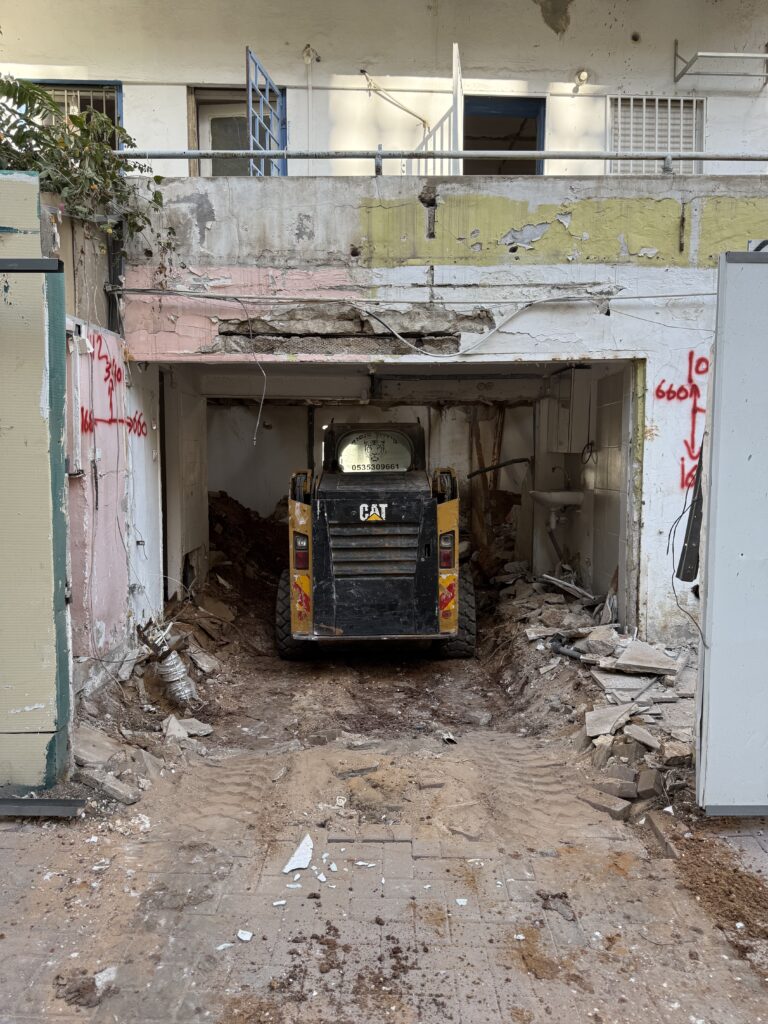
Tel Aviv home prices rose 8 % as the shekel gained 10 %. See why delaying a purchase now costs dollar- and euro-based buyers far more than they think.
Tel Aviv-Jaffa Antiquities
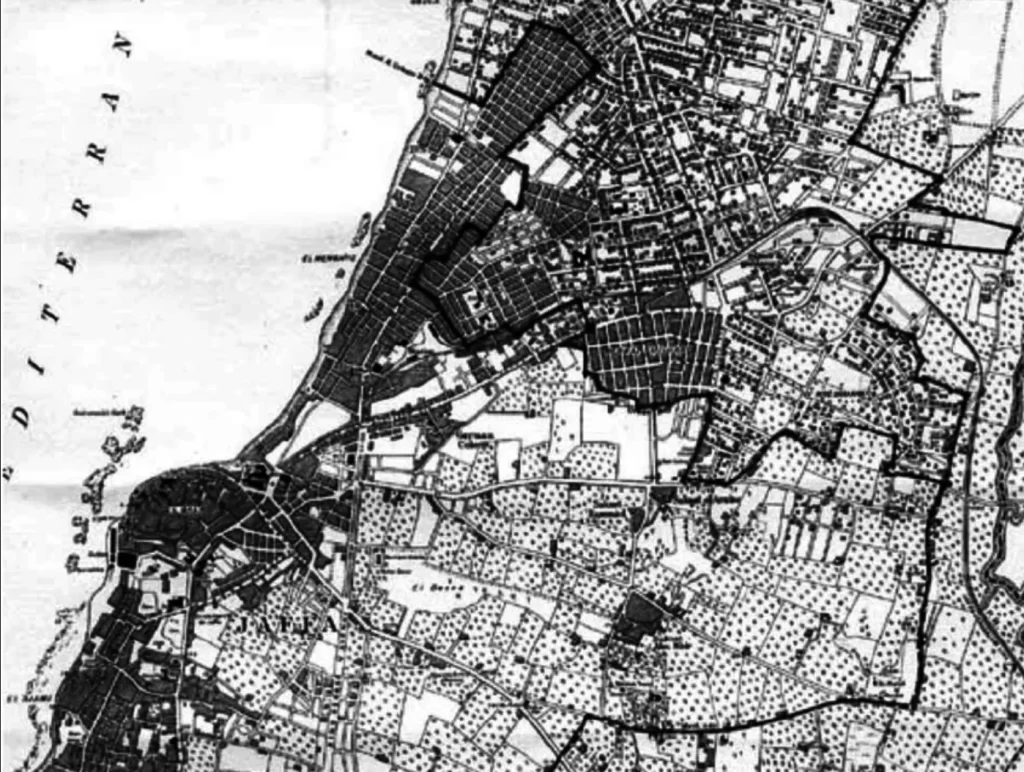
This museum is an amazing piece of history. The building itself is from the Ottoman Empire, and is built on top of a Crusader fortress. Because of this, it displays two forms of art: ancient archeology, and contemporary artwork. Admire the amazing archeological feats of the Ottomans, while simultaneously appreciating more contemporary work.
Leyvik House-Israeli Center for Yiddish Culture
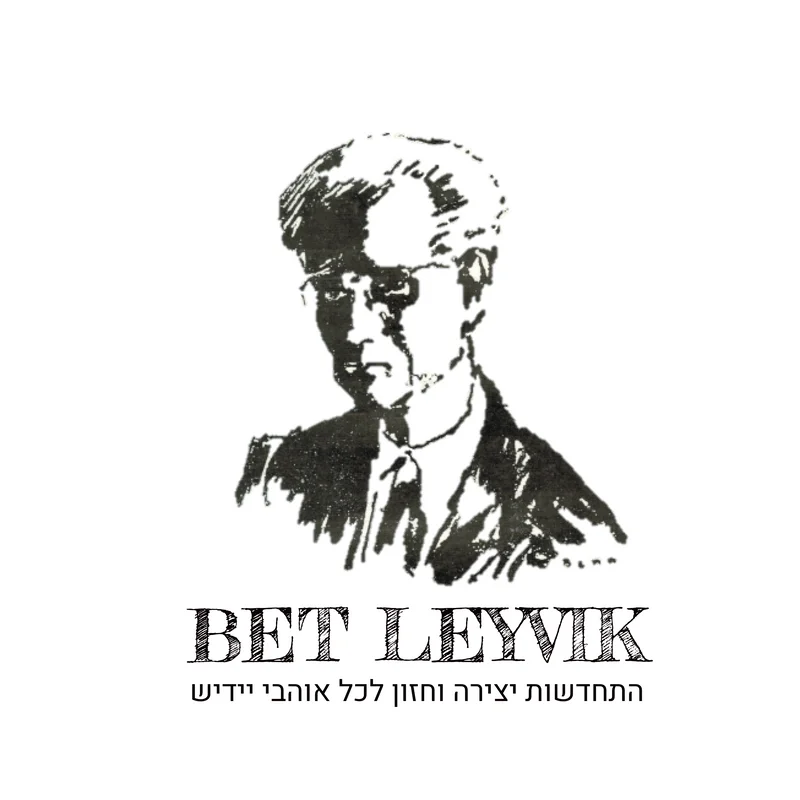
The waves of various “aliyah”s brought with them many more artists, and what is known as the “Yiddishe schrayber mishpokhe” (the Yiddish writers’ family) grew bigger and more influential. Many of them are our forefathers, the role models who laid these foundations and about whom we will tell on this site.
Jabotinsky Institute
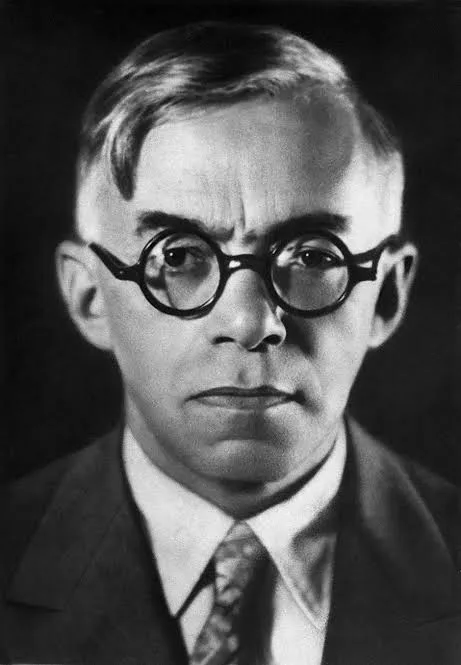
Ze’ev (Vladimir) Jabotinsky (1880 – 1940) was a Zionist leader – the founder of the Revisionist Movement and Betar, a writer, poet, publicist and translator. He was born in Odessa, Russia on October 18th, 1880 and was given a liberal education with little formal Jewish education. At the age of 18, he left to study law in Italy and Switzerland, while serving as a correspondent in these countries for notable Russian journals. His writings – some signed under the penname “Altalena” – granted him a reputation as an accomplished writer in the Russian language. While in Italy he leaned towards liberalism and hoped that in the future it will be adopted by all mankind.
The Etzel Museum
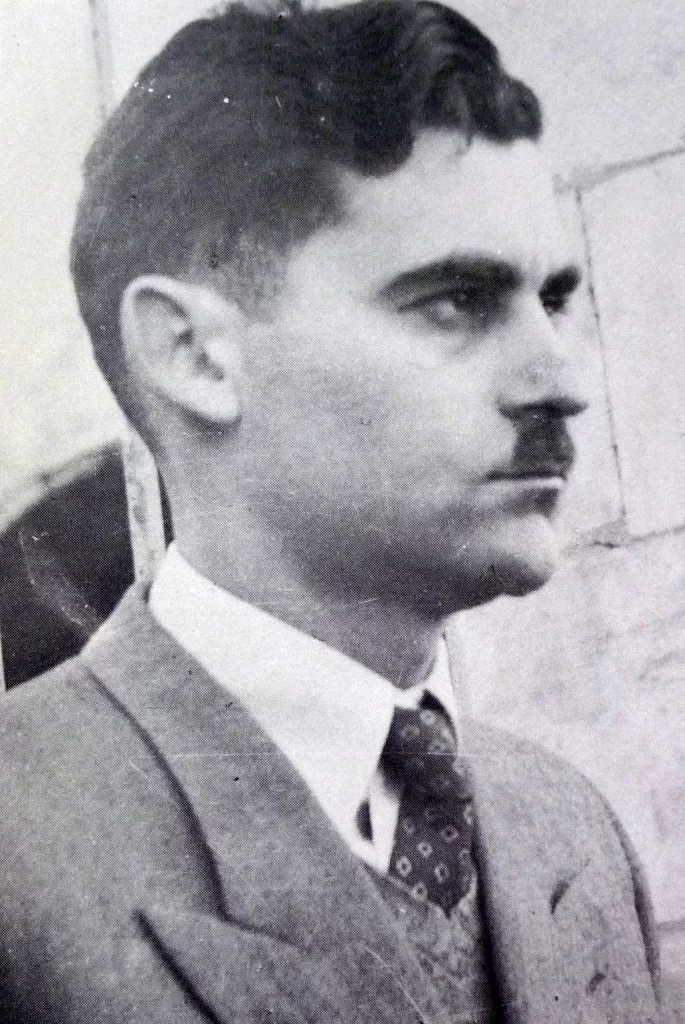
The museum is a commemorative site for the 41 IDF fighters who fell in the battle for Jaffa and is named after the organization’s operations officer, Amichai Paglin “Gidi”.
Eliyahu Golomb-Hahagana Museum
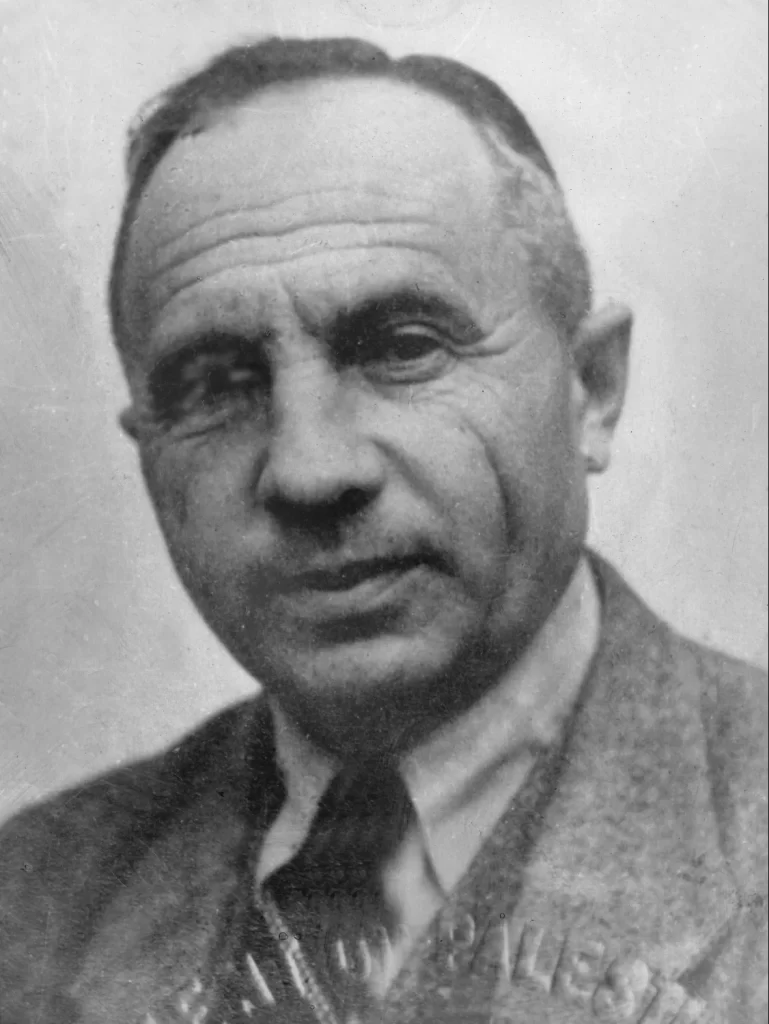
Golomb Eliyahu (1893-1945)
Leader of the Jewish defense effort in Palestine and chief architect of the Haganah, the secret military organization for defense of the yishuv between 1920 and 1948.
Lechi Museum-Beit Yair
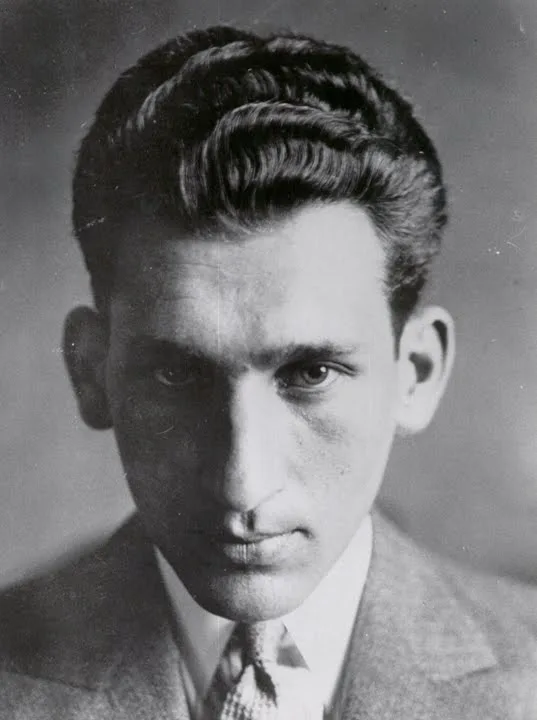
Museum located in the house where Lekhi commander Avraham Stern (Yair) was murdered by members of the British secret police.
There is a section describing Stern’s life, an exhibition describing the history of the organization, archives, a library and a commemoration hall.
Dizengoff House-Independence Hall
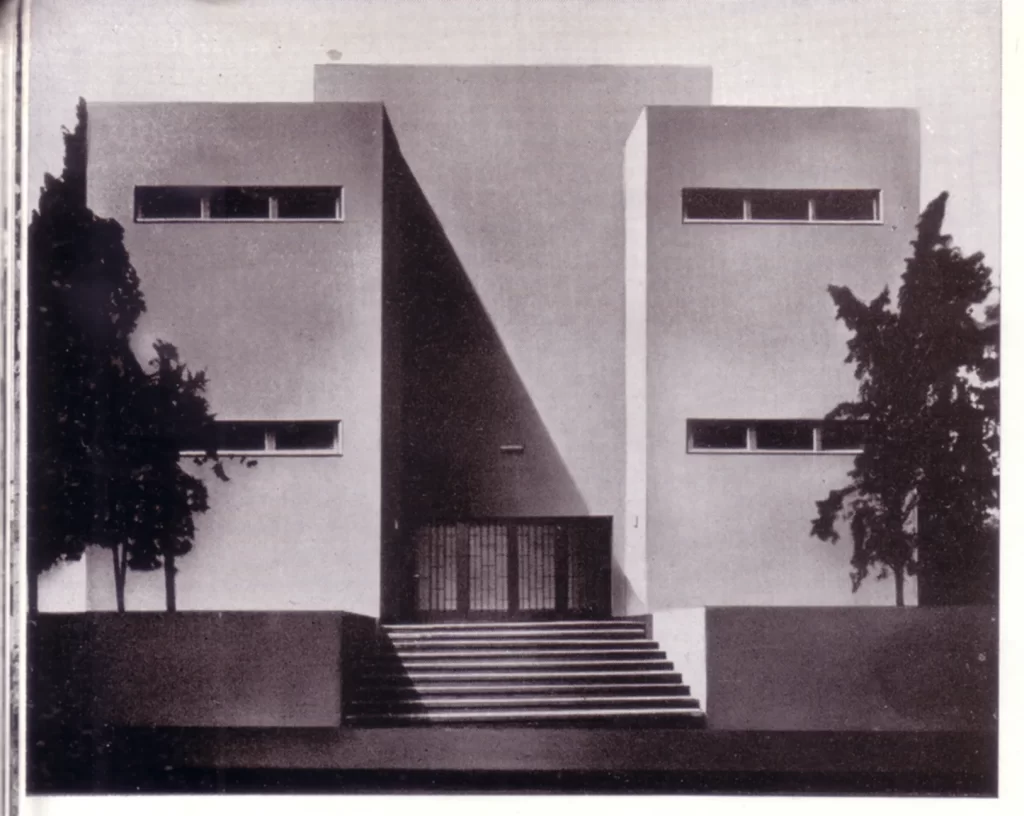
Friday, May 14, 1948, the Tel Aviv Museum of Art. At 4 p.m. – eight hours before the termination of the British Mandate in what was then Palestine – the members of the People’s Council and Executive and invited leaders gathered in the museum hall. They listened with emotion as David Ben-Gurion, head of the People’s Council, the Zionist Executive and the Jewish Agency, declared the creation of the State of Israel.
After the reading of the declaration of independence, Rabbi Fishman-Maimon recited the Sheheheyanu (a Jewish blessing of thanksgiving) and members of the People’s Council and Executive signed the scroll. The ceremony concluded with the singing of “Hatikva.”
Eretz Israel Museum
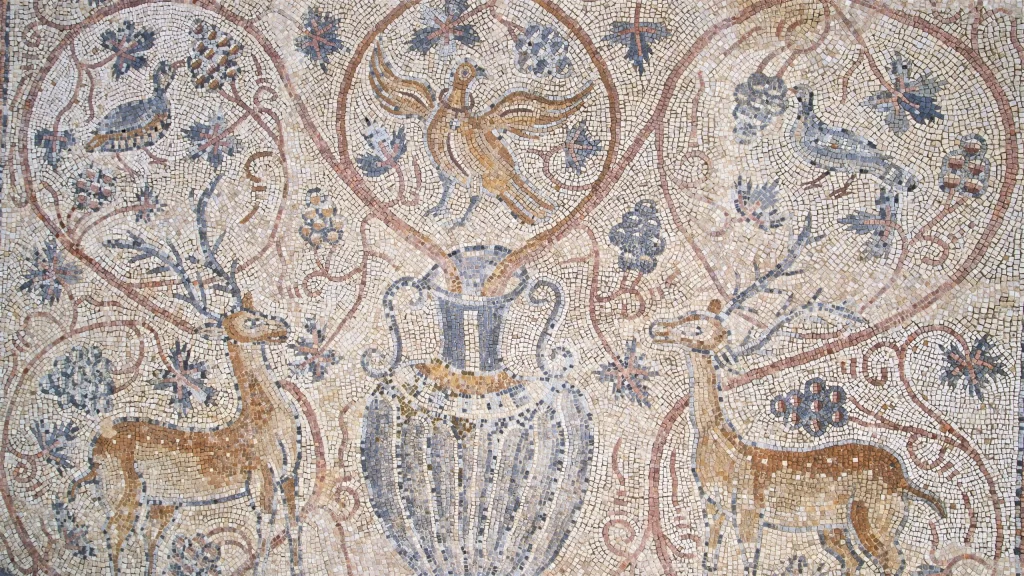
MUZA – Eretz Israel Museum, Tel Aviv, one of the three largest and most pre-eminent museums in Israel, is a multidisciplinary museum dealing with local material culture, past and present. The museum displays the connection between matter and spirit, and presents Israel’s many and varied voices. The museum’s new spirit aims to create contemporary connections between the different cultural domains that the museum is involved with – archaeology, ethnography, applied crafts, art, photography, and documentation of Israeli society – and expand them.
Beit Hatfutsot the Museum of the Jewish People
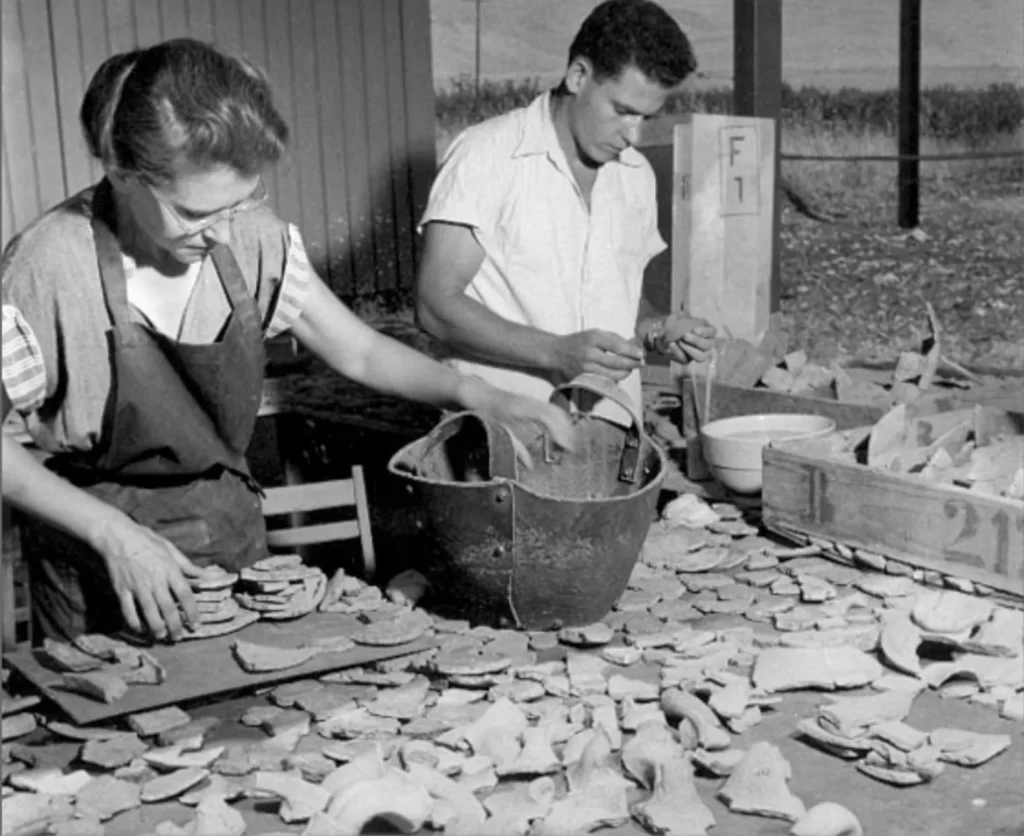
The story begins in the present. The incredible diversity of the expressions of Jewish identity and culture enables each and every one of us to find something of ourselves here. The folklore and the arts, the language and the literature, the different denominations in Judaism, and the Jewish contribution to humanity – all these are manifestations of multifaceted Jewish identity and culture, whether individual or collective.
